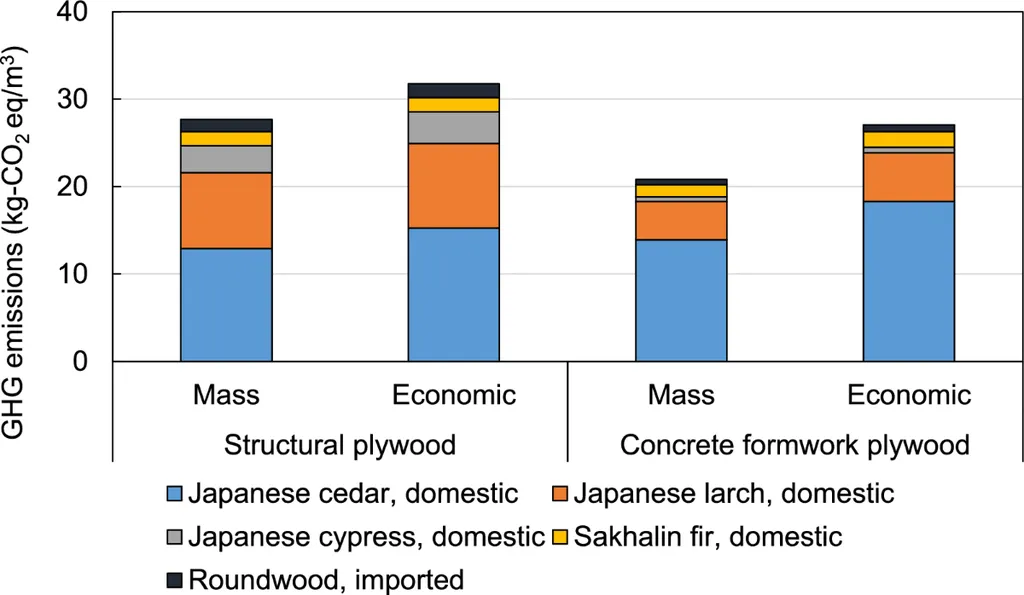In the heart of Japan, where tradition meets innovation, a study published in the *Journal of Wood Science* is shedding new light on the environmental impacts of structural and concrete formwork plywood. Led by Katsuyuki Nakano from the College of Policy Science at Ritsumeikan University, this research delves into the lifecycle of a material that is often overlooked but plays a crucial role in modern construction, including agricultural infrastructure.
Plywood, particularly the type used in concrete formwork, is a staple in the construction industry. It’s durable, versatile, and essential for creating the molds that shape concrete structures. However, its environmental footprint has been less scrutinized until now. Nakano’s research aims to change that by providing a comprehensive analysis of the environmental impacts associated with the production, use, and disposal of this material.
The study highlights several key findings that could have significant implications for the agriculture sector. For instance, the research reveals that the environmental impact of plywood is not just about the raw materials used but also about the manufacturing processes and the end-of-life disposal methods. “Understanding these factors can help us make more informed decisions about the materials we use in construction, including those in agricultural settings,” Nakano explains.
One of the most compelling aspects of the research is its potential to influence future developments in the field. By identifying the environmental hotspots in the lifecycle of plywood, the study provides a roadmap for manufacturers and policymakers to reduce the environmental footprint of this essential material. This could lead to the development of more sustainable plywood products that are not only better for the environment but also more cost-effective in the long run.
For the agriculture sector, which relies heavily on durable and reliable construction materials, this research could be a game-changer. From barns to storage facilities, the use of plywood is ubiquitous. By adopting more sustainable practices based on Nakano’s findings, farmers and agricultural businesses could significantly reduce their environmental impact without compromising on quality or durability.
Moreover, the study underscores the importance of lifecycle thinking in material selection. It’s not just about the initial cost or the immediate functionality but also about the long-term environmental consequences. This holistic approach could pave the way for more sustainable agricultural practices, benefiting both the industry and the planet.
As the world grapples with the challenges of climate change and resource depletion, research like Nakano’s offers a beacon of hope. By providing a clearer picture of the environmental impacts of commonly used materials, it empowers us to make better choices and drive innovation in the construction and agriculture sectors. The findings, published in the *Journal of Wood Science* and led by Katsuyuki Nakano from the College of Policy Science at Ritsumeikan University, are a testament to the power of scientific inquiry in shaping a more sustainable future.

